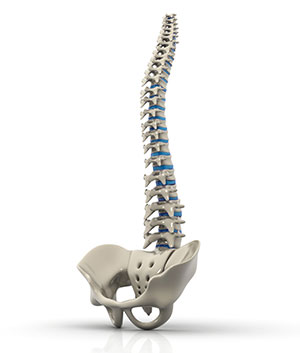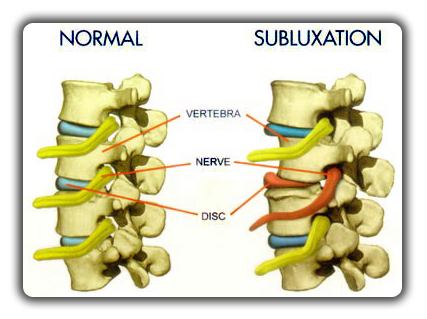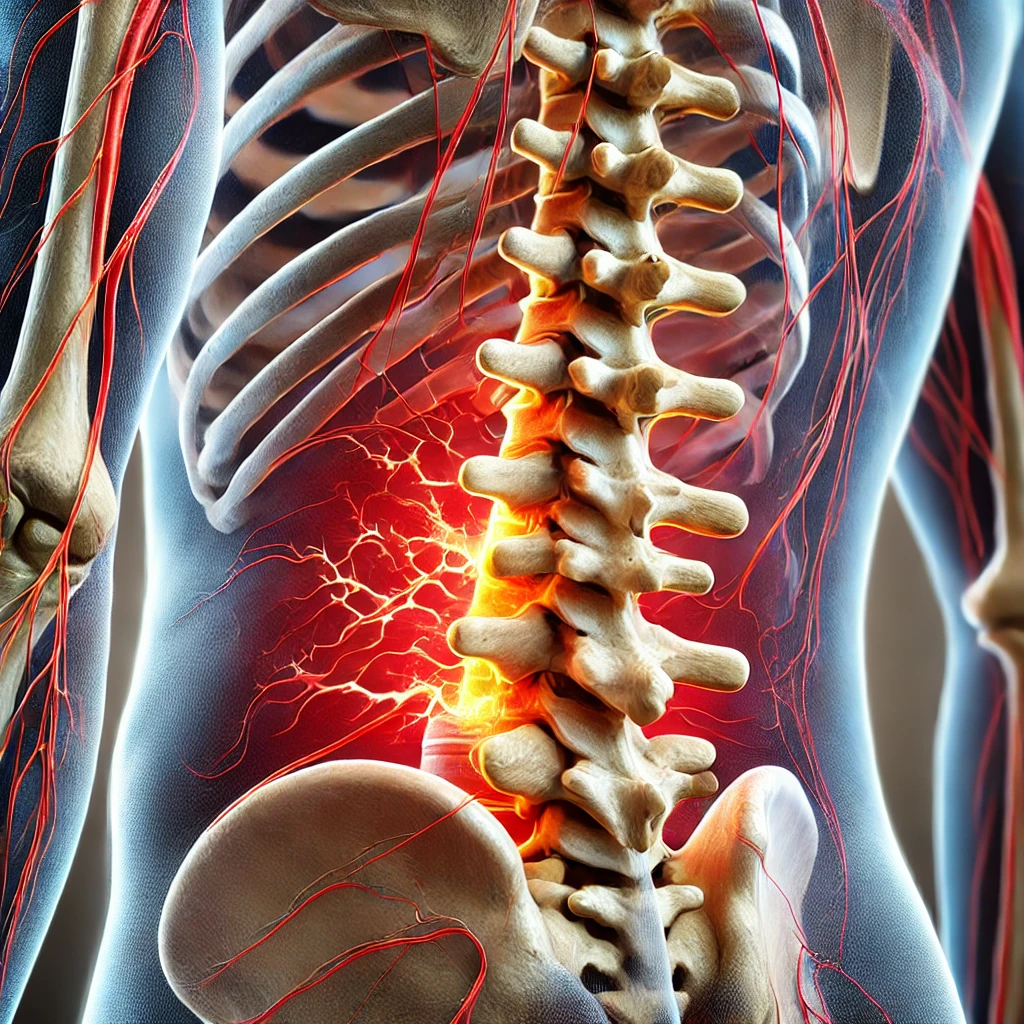Subluxation is a term used in chiropractic care. It means a misalignment in your spine or joints. This can lead to pain and other health problems if not treated. Understanding what causes subluxation and its effects can help you find the right care.
Key takeaways
- Subluxation is a misalignment of the spine or joints.
- It can be caused by injuries, poor posture, and stress.
- Symptoms can include pain, limited movement, and headaches.
- Left untreated, subluxation can lead to bigger health issues.
- Regular check-ups can help prevent subluxation.
For those interested in the principles behind effective chiropractic adjustments, understanding the specific techniques used can be beneficial.
What is Subluxation?
Subluxation occurs when a joint or vertebra in your spine is not in its normal position. This can happen in many areas of your body. It can cause pain and limit how well you move. You might feel tightness, soreness, or discomfort.
Chiropractors focus on correcting subluxations. They aim to restore proper alignment to help you feel better.
Common Causes of Subluxation
Many factors can lead to subluxations. Here are some common causes:
| Causes of Subluxation | Description | Prevention Tips |
|---|---|---|
| Injuries | Falls, accidents, or sports injuries can misalign joints. | Practice safe techniques in sports. |
| Poor posture | Slouching or prolonged sitting can strain the spine. | Maintain an ergonomic workspace. |
| Stress | Emotional and physical stress can lead to muscle tightness. | Regularly practice relaxation techniques. |
| Repetitive movements | Repeated motions can wear down joints and lead to misalignment. | Take breaks and vary activities. |
| Age | Natural wear and tear on the spine can lead to subluxation. | Regular chiropractic check-ups. |
Symptoms of subluxation
The subluxation can show up in different ways. Here are some common symptoms:
Pain
Pain is the most common sign. You may feel pain in your back, neck, or joints. This pain can be sharp or dull.
Limited movement
You may find it hard to move your neck or back. This can make daily tasks difficult. Activities like turning your head while driving can become a challenge.
Headaches
Many people with subluxation experience headaches. These headaches can be tension headaches. They often start in the neck and move up to the head.
Numbness or tingling
Sometimes, subluxation can press on nerves. This can cause numbness or a tingling feeling in your arms or legs.
Fatigue
Feeling tired can also be a symptom of subluxation. When your body is out of alignment, it works harder to function.
Diagnosing subluxation
A chiropractor can help diagnose subluxation. During your visit, they will ask about your symptoms. They might also perform some physical tests. These tests check your range of motion and how well your body moves.
In some cases, X-rays may be needed. This helps the chiropractor see your bones and joints more clearly. They can then determine if you have subluxation and how to treat it.
Treatment Options for Subluxation
There are several ways to treat subluxation. Here are some common methods:
Chiropractic adjustments
Chiropractic adjustments are the main treatment for subluxation. The chiropractor uses their hands to gently push your joints back into place. This can help restore proper alignment and relieve pain.
Physical therapy
Physical therapy can help strengthen the muscles around your joints. This can help support your spine and prevent future subluxations. A physical therapist may give you exercises to do at home.
Massage therapy
Massage can help relax tight muscles. This can relieve pain and improve movement. It can also help reduce stress, which is good for your overall health.
Lifestyle changes
Making changes to your daily habits can help prevent subluxation. This includes:
- Practicing good posture
- Taking breaks from sitting
- Staying active
- Managing stress levels
Home care
At home, you can use ice or heat on painful areas. Ice can reduce swelling, while heat can relax tight muscles.
In addition to these treatments, many individuals benefit from targeted therapies that align with their specific needs.
Alternative treatment options
Some people seek alternative treatments for subluxation. Here are a few you might consider:
Acupuncture
Acupuncture involves inserting thin needles into specific points on your body. Some people find this helps relieve pain and tension.
Yoga
Yoga can improve flexibility and strengthen muscles. This can help with alignment and reduce the risk of subluxation.
Herbal remedies
Some herbal treatments may help with pain and inflammation. Always talk to your doctor before trying new remedies.
Possible Problems if Left Untreated
Not treating subluxation can lead to bigger problems. Here are some issues that may arise:
Chronic pain
Over time, subluxation can lead to chronic pain. This can affect your daily life and make it hard to enjoy activities.
Nerve damage
If a joint presses on a nerve, it can cause long-term damage. This may lead to numbness or weakness in the affected area.
Reduced mobility
Living with untreated subluxation can limit your movement. This might make simple tasks hard.
Degenerative changes
Untreated subluxation can wear down your joints over time. This can lead to arthritis and other joint problems.
How to prevent joint subluxation
You can take steps to prevent subluxation. Here are some tips:
Maintain good posture
Be aware of your posture when sitting, standing, or walking. Keep your back straight and shoulders relaxed.
Stay active
Regular exercise helps keep your muscles strong. This provides support for your spine and joints.
Take breaks
If you sit for long periods, take breaks. Stand up, stretch, and move around to reduce tension.
Manage stress
Find ways to relax and reduce stress. This could be practicing deep breathing, meditation, or yoga.
Regular check-ups
See your chiropractor for regular check-ups. They can catch any misalignments early and help you stay healthy.
| Prevention Techniques | Description | Benefits |
|---|---|---|
| Ergonomic workspace setup | Arrange your desk to reduce strain on your body. | Improved posture and reduced fatigue. |
| Regular exercise routine | Engage in activities that promote strength and flexibility. | Enhanced overall well-being and joint support. |
| Mindfulness practices | Techniques like meditation can help reduce overall stress. | Better mental health and improved body awareness. |
Conclusion
Understanding the causes and effects of subluxation is important for your health. Injuries, poor posture, and stress are common causes. If you notice symptoms like pain or limited movement, see a chiropractor. They can help treat subluxation and prevent future issues. Taking care of your spine is key to living a healthy life.
If you are in Riverdale, Utah, make sure to reach out to Statera Chiropractic. They can help you with any concerns regarding subluxation and provide the care you need. Regular visits can keep your spine healthy and help you feel your best.
References
- Statera Chiropractic Website
- Local health resources
Feel free to tel:3852880934 for any questions or to schedule an appointment. Their team is ready to help you on your path to better health!






Social Contact